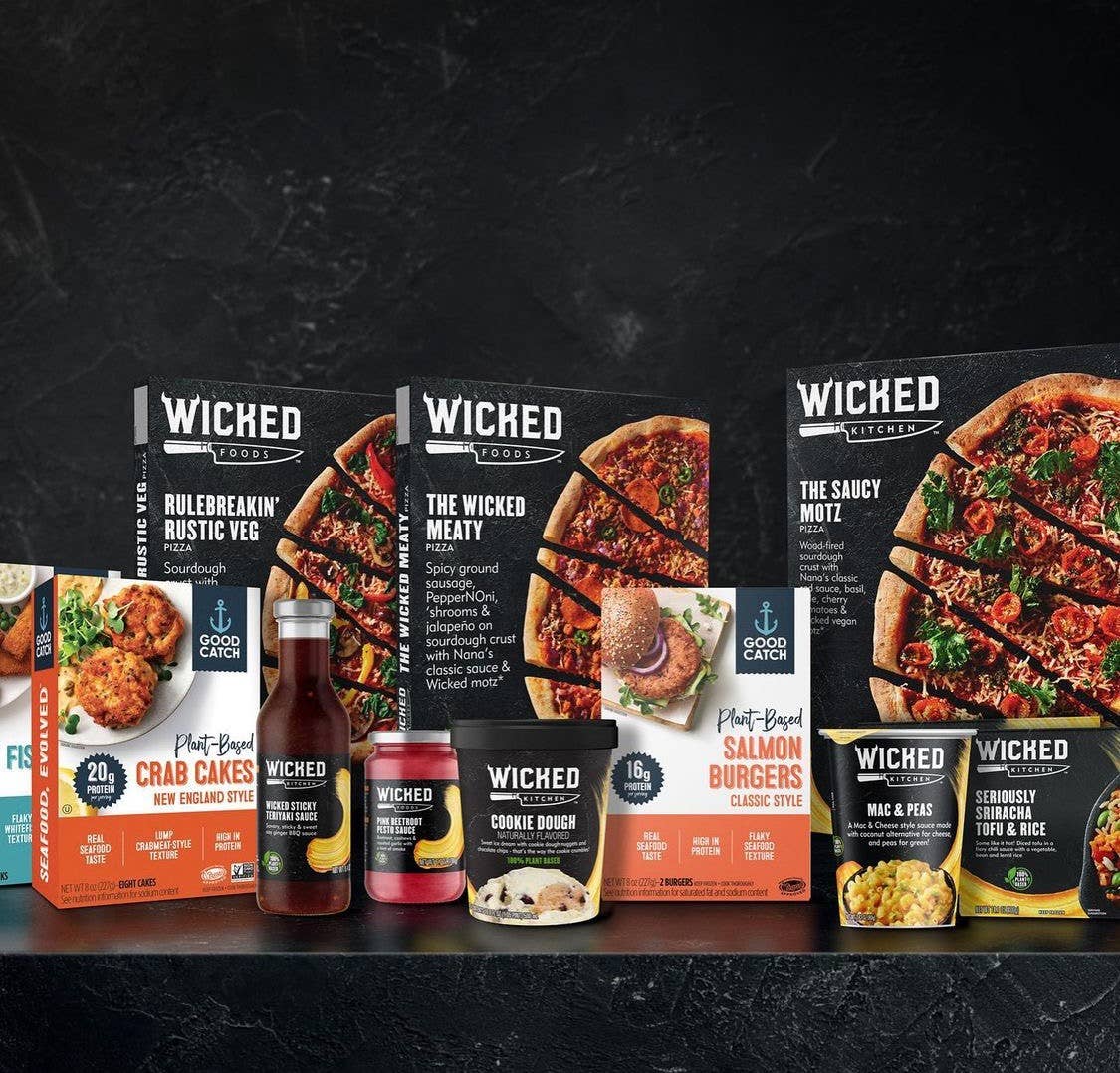
Report: Cultured Meat Market Will Grow to $2.7 Billion by 2030
As cultured meat becomes more widely available, the market is quickly gaining steam, thanks to its low carbon footprint and cruelty-free approach in comparison to traditional meat . ResearchandMarkets.com recently added a report titled “Cultured Meat Market by Type and End User: Global Opportunity Analysis and Industry Forecast 2022-2030” that projected the current cultured meat market will rise from $1.64 million in 2021 to $2.7 billion by 2030. The report then shows that the cultured meat market will register a 95.8 percent compound annual growth rate (CAGR) between 2022 and 2030.
Cultured meat is still in its experimental stages, but recently, the industry has gained significant traction. The process of making cultured meat, also known as in vitro meat, provides consumers with a safe, cruelty-free way to consume meat. The manufacturing champions its ability to create animal-like products that mirror conventional meat without animal sacrifice and with far fewer greenhouse emissions.
With a growing population worldwide, the demand for meat continues to grow even with more people adopting plant-based diets. The cultured meat industry aims to meet consumer demand while also controlling greenhouse gases. Currently, conventional meat production can be attributed to nearly 37 percent of all methane emissions. By developing a cultured meat industry, the scientists hope to curb emissions and work to consumer and environmental benefit.
“Cultivated meat gives consumers everything they love about meat, but produced in a more sustainable and humane way, where animals are removed from the process entirely,” The Good Food Institute Executive Director Bruce Friedrich told vegconomist. “This means there is no contribution to pandemic risk or antibiotic resistance, and a fraction of the adverse climate impact.”
The significant CAGR for the cultured meat industry follows a study from the Good Food Institute that found that the majority of Americans would be willing to try the conventional meat substitute. The report showed that 66 percent of Americans are prepared to try the cultivated meat, shining light on the potential of the industry in the United States. Beyond the United States, the University of Bath found that 44 percent of French and 58 percent of Germans responded that they are willing to try cultured meat.
Cultured meat will face several roadblocks over the next decade including low awareness and high cost of production. The market will experience trouble during the forecast period gaining traction, but the report still shows substantial growth. The benefits of cultured meat products such as less antibiotic resistance, cruelty-free practices, relatively low water use, less deforestation, and overall higher levels of sustainability will propel cultured meat into the marketplace.
“Shifting meat production to these sustainable and humane methods is critical to avoid the huge external costs of industrial animal agriculture,” Friedrich continued. “To stand a chance of meeting the climate targets under the Paris Agreement and mitigating the next pandemic, governments must invest in the open-access research we need to bring cultivated meat to market at scale and make it accessible and affordable for all consumers.”
More From The Beet






